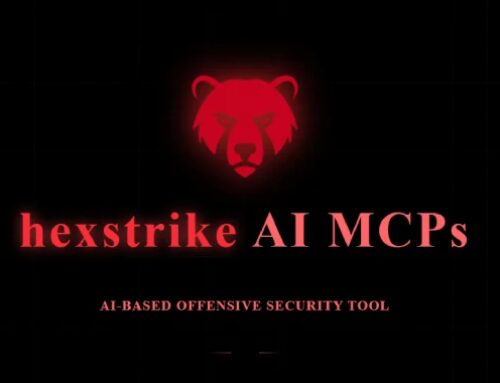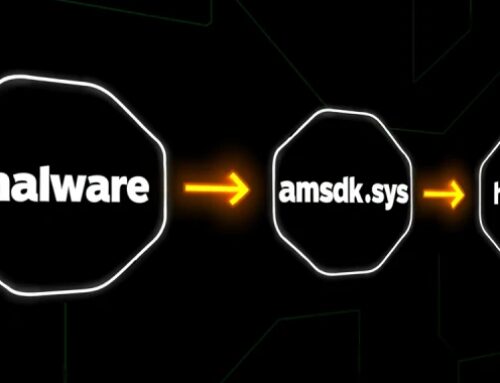In today’s rapidly evolving digital landscape, organizations face an increasing array of security threats. As cybercriminals leverage sophisticated techniques to breach defenses, traditional security measures often fall short. To bolster cybersecurity strategies and enhance resilience, organizations are turning to innovative technologies—most notably, artificial intelligence (AI). By integrating AI into penetration testing within Security Operations (SecOps), businesses can significantly elevate their defense mechanisms and stay ahead of potential threats.
Understanding Penetration Testing and SecOps
Penetration testing, or pentesting, is a simulated cyber attack designed to identify vulnerabilities within systems, networks, and applications. By mimicking the behavior of malicious actors, penetration tests help organizations understand their weaknesses and improve their security posture.
Security Operations (SecOps) involves the continuous monitoring and analysis of an organization’s security systems and processes. This combination of proactive testing and real-time security measures ensures that vulnerabilities are identified and addressed promptly.
The Rise of AI in Cybersecurity
The use of AI in cybersecurity represents a paradigm shift. AI technologies can analyze vast amounts of data, detect anomalies, and predict potential threats with exceptional speed and accuracy. For penetration testing, AI tools can automate time-consuming tasks, enhance threat intelligence, and provide actionable insights, ultimately augmenting the effectiveness of human analysts.
Key Benefits of AI-Enhanced Penetration Testing
-
Efficiency and Speed: Traditional penetration testing methods can be labor-intensive and time-consuming. AI-driven tools can automate repetitive tasks, such as scanning for vulnerabilities or simulating attacks, allowing security teams to complete assessments faster and more efficiently.
-
Enhanced Threat Detection: AI algorithms can analyze patterns in network traffic, system behaviors, and user activities to identify anomalies that may indicate a security breach. By incorporating machine learning, these tools can continuously adapt and improve, becoming more adept at recognizing emerging threats.
-
Intelligent Reporting: AI can streamline the reporting process by automatically generating comprehensive reports that highlight vulnerabilities, potential risks, and recommended remediation strategies. This valuable information enables security teams to prioritize their efforts and respond effectively to identified threats.
-
Continuous Learning: AI technologies excel at processing and learning from vast datasets. In the context of penetration testing, AI can leverage historical attack data and outcomes to refine its strategies over time. As a result, organizations can benefit from constantly updated intelligence on vulnerabilities and threat vectors.
- Resource Optimization: By automating elements of penetration testing, organizations can deploy their human resources more strategically. Security analysts can focus on high-level decision-making, threat analysis, and strategic initiatives, rather than being bogged down by repetitive and time-consuming tasks.
Implementing AI in Your Pentesting Approach
-
Choose the Right AI Tools: Evaluate existing AI-based tools tailored for penetration testing. Popular solutions include AI-driven vulnerability scanners and automated attack simulation platforms. Ensure that the tools you select align with your organization’s objectives and existing security infrastructure.
-
Integrate AI with Existing Processes: AI should complement, not replace, traditional pentesting methods. Integrate AI-driven solutions into your SecOps framework to enhance your team’s capabilities. Collaboration between human analysts and AI tools will yield the best results.
-
Continuous Learning and Adaptation: Encourage your security teams to familiarize themselves with AI technologies and establish a culture of continuous learning. The cybersecurity landscape is ever-evolving, and staying abreast of developments is crucial for maintaining a strong defense.
-
Establish Governance Frameworks: Develop clear policies and frameworks that govern the use of AI in cybersecurity. This includes defining ethical boundaries, ensuring transparency in decision-making, and establishing protocols for data security.
- Monitor and Evaluate Performance: Regularly assess the effectiveness of your AI-enhanced penetration testing efforts. Analyze outcomes, gather feedback from security teams, and refine your approach based on findings.
The Future of AI in SecOps
As AI technologies continue to advance, their role in penetration testing and SecOps will only grow more critical. Organizations that proactively adopt and integrate AI into their security practices will position themselves to better defend against emerging cyber threats. By harnessing the power of AI, businesses can not only enhance their cybersecurity resilience but also foster a culture of innovation that anticipates and addresses vulnerabilities before they can be exploited.
In conclusion, the integration of AI technologies in penetration testing represents a formidable strategy to elevate an organization’s SecOps capabilities. By leveraging AI’s strengths, security teams can transform how they identify, assess, and mitigate vulnerabilities, ultimately creating a safer digital environment. The time to embrace this change is now, as the landscape of cybersecurity continues to evolve at an unprecedented pace.





Deixe o seu comentário